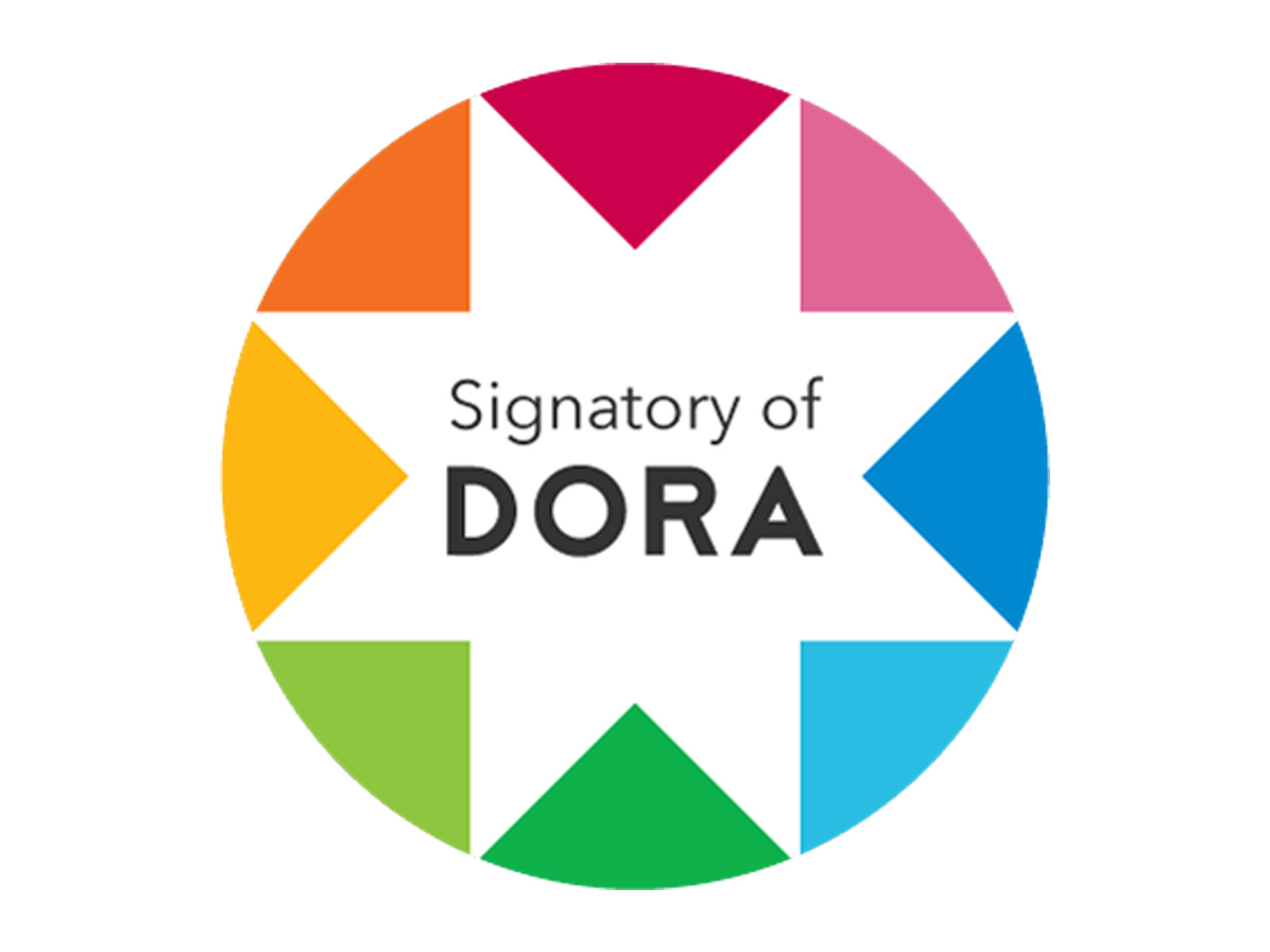Seguimiento de activos digitales con Canary Token
DOI:
https://doi.org/10.24215/15146774e053Palabras clave:
ciberseguridad, fuga de datos, Data Loss Prevention, prevención, Canary Token, seguimiento de activos digitalesResumen
La fuga de datos a nivel informático existe desde que existen las computadoras en los lugares de trabajo. En los últimos años, considerando los costos económicos y no económicos que este tipo de ataques maliciosos internos acarrean, se han propuesto muchos métodos y técnicas para resolver este problema. Entre las razones claves para implementar mecanismos de prevención de pérdida de datos en una organización están la conformidad con regulaciones establecidas y la protección de la propiedad intelectual. Data Loss Prevention (DLP, Prevención de pérdida de datos) surgió como respuesta a buscar soluciones preventivas a los ataques de atacantes internos que tienen como objetivo la fuga de datos. Es importante implementar Data Loss Prevention, pero, como todo lo relacionado con seguridad y privacidad de datos, no es una bala de plata para las fugas de datos. Por esto, todavía existe la necesidad de poder detectar estos tipos de ataque lo más tempranamente posible para poder minimizar los daños y aplicar los respectivos planes de contingencia. A través del seguimiento de archivos con canary token se pretende detectar un ataque de fuga de datos.
Descargas
Descargas
Publicado
Número
Sección
Licencia
Derechos de autor 2024 Juliana Notreni, Federico Bertola, Ileana Barrionuevo, Marcelo Auquer, Leonardo Ciceri, Analia Ruhl, German Parisi, Fabian Gibellini, Ninfa M. Zea Cardenas, Ignacio Sanchez Balzaretti

Esta obra está bajo una licencia internacional Creative Commons Atribución-NoComercial-CompartirIgual 4.0.
Aquellos autores/as que tengan publicaciones con esta revista, aceptan los términos siguientes:
- Los autores/as conservarán sus derechos de autor y garantizarán a la revista el derecho de primera publicación de su obra, el cuál estará simultáneamente sujeto a la Creative Commons Atribución-NoComercial-CompartirIgual 4.0 Internacional (CC BY-NC-SA 4.0) que permite a terceros compartir la obra siempre que se indique su autor y su primera publicación esta revista, no hagan uso comercial de ella y las obras derivadas de hagan bajo la misma licencia.
- Los autores/as podrán adoptar otros acuerdos de licencia no exclusiva de distribución de la versión de la obra publicada (p. ej.: depositarla en un archivo telemático institucional o publicarla en un volumen monográfico) siempre que se indique la publicación inicial en esta revista.
- Se permite y recomienda a los autores/as difundir su obra a través de Internet (p. ej.: en archivos telemáticos institucionales o en su página web) antes y durante el proceso de envío, lo cual puede producir intercambios interesantes y aumentar las citas de la obra publicada. (Véase El efecto del acceso abierto).





















